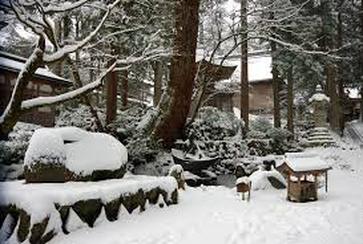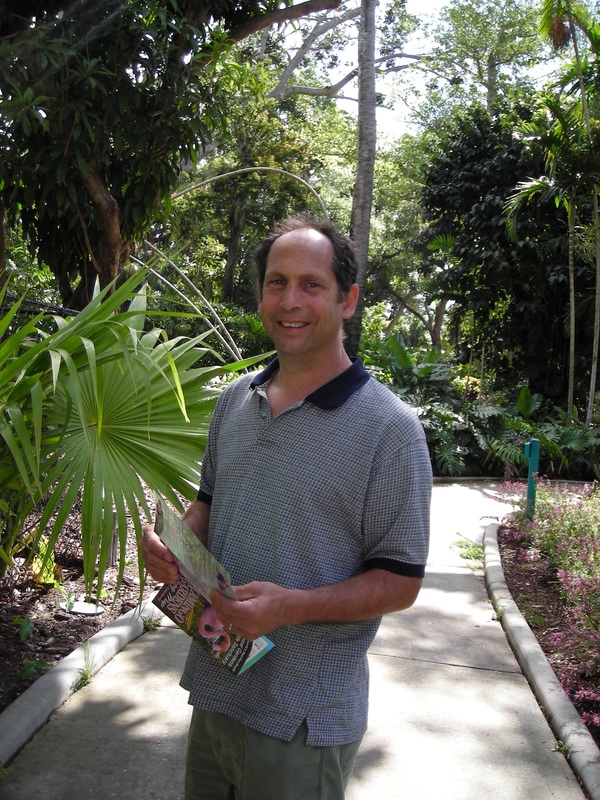distinct, for the realization comes forth simultaneously with the mastery of buddhadharma. Do not suppose that what you realize becomes your knowledge and is
grasped by your consciousness. Although actualized immediately, the inconceivable
may not be distinctly apparent. Its appearance is beyond your knowledge.
Zen master Baoche of Mount Mayu was fanning himself. A monk approached
and said, "Master, the nature of wind is permanent and there is no place it does not
reach. Why, then do you fan yourself?" "Although you understand that the nature of
wind is permanent;" Baoche replied, "you do not understand the meaning of its
reaching everywhere." "What is the meaning of its reaching everywhere?" asked the
monk again. The master just kept fanning himself. The monk bowed deeply. The
actualization of the buddha-dharma, the vital path of its correct transmission, is like
this. If you say that you do not need to fan yourself because the nature of wind is
permanent and you can have wind without fanning, you will understand neither
permanence nor the nature of wind. The nature of wind is permanent; because of that,
the wind of the Buddha's house brings forth the gold of the earth and makes fragrant
the cream of the long river.
My first formal Zen teacher, Genki Roshi saw me chopping wood and he told me that I was in samadhi. At the time I chopped a lot of wood because my house had only wood for heat and cooking. I got very good at chopping wood and relished in the activity. I was fully engaging body and mind in the words of Dogen. Later Genki told me that the essence of Zen was samadhi, samadhi chopping wood, samadhi playing tennis, samadhi at work, and samadhi sitting Zazen. This happened a long time ago when I was young, in my 20's. There is something special about being young, all that energy and flexability. The patterns of thought have not be come hardened. Samadhi may be more natural. At that time my whole life revolved around my spiritual search and I found it a lot of fun and my zazen was improving. At one point I noticed that there was space between my constant internal verbalization. My mind was actually getting quiet. Not long after, I had my first deep experience and passed my first koan.
The other day a long time practitioner of Zen told me that maybe it didn't matter how long one practiced or how much effort one put into zazen. Maybe he thought the grace of enlightenment just fell on people randomly. Maybe he was just expressing his frustration. In this last section of the Genjo Koan, Dogen gives his answer to this delema, the basic delema of all serious practitioners, how does one experience enlightenment? His answer, the answer, is very simple, you must practice. There are no promises in this game. No matter how much effort and time one puts into zazen there might never be any dramatic results, but the conditions for any results is practice. And there are benefits even when there is no large experience.
Some times I feel like we practitioners in the West are all tilling soil for the future. So few of us seem to attain anything really deep in our practice. I know many many practitioners who have been working at this for years and have never had that desired big experience.
And again, practice is not just sitting in a cushion trying to look good, or going to sleep. Are you wipping the cart or are you wipping the Ox? Wipping the Ox is purifying the mind. Purifying the mind is engaging fully in practice untill the mind is clear and bright, and then once it is clear and bright we can just sit with this clarity. This is zazen this is practice.
For Dogen practice is enlightenment, dramatic experiences aside. Even if we are only to feel the light soothing breeze of the dharma we must fan ourselves. Buddhist retoric is often confusing. Yes everybody is already enlightened and yes we all have Buddha Nature but this is an enlightened view and not properly understood by most. Dogen makes this clear in this last part of his essey If you say that you do not need to fan yourself because the nature of wind is permanent and you can have wind without fanning, you will understand neither permanence nor the nature of wind. But if you do practice (fan your self) then naturally your practice brings forth the gold of the earth and makes fragrant
the cream of the long river.


 RSS Feed
RSS Feed